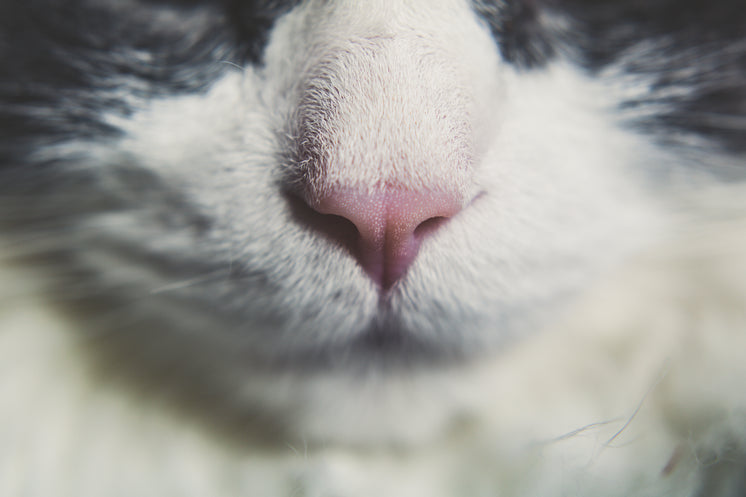
Cat litter and litter boxes play a critical role in the lives of both cats and their owners. From the modest starts of sand and soil to the innovative developments these days, the world of cat litter has actually progressed significantly. In this extensive guide, we dive into every element of cat litter and litter boxes, exploring their history, types, advantages, challenges, and everything in between.
The history of cat litter dates back centuries, with ancient civilizations using sand, soil, and even ashes as primitive litter materials. However, it wasn't up until the mid-20th century that contemporary cat litter as we understand it emerged. In 1947, Edward copyright presented the world's very first business cat litter made from absorbent clay, revolutionizing the way cats relieved themselves inside your home. Considering that then, cat litter has actually undergone various changes, with the intro of clumping litter, silica gel litter, naturally degradable choices, and more.
Today, feline owners are ruined for choice when it concerns choosing the right litter for their feline companions. Traditional clay litter stays popular for its price and efficiency in soaking up smells. Clumping litter, which forms solid clumps when wet, simplifies cleaning and upkeep. Silica gel litter, made up of highly absorbent silica crystals, offers superior smell control and durability. Naturally degradable choices, such as recycled paper, wood pellets, corn, and wheat, appeal to ecologically mindful customers.
Each type of cat litter offers special benefits. Clay litter excels in its ability to soak up wetness and control odors, making it a reputable choice for many feline owners. Clumping litter simplifies daily scooping and extends the time in between total litter changes. Silica gel litter supplies extraordinary odor control and can last longer between replacements. Naturally degradable litters offer a sustainable option that lessens environmental effect.
While cat litter improves indoor feline hygiene, it is not without its obstacles. Dust from clay litter can position breathing dangers for both cats and people, prompting the appeal of dust-free alternatives. Some felines may establish litter box aversion due to concerns with texture, scent, or tidiness, requiring experimentation with different litters and box setups. Multi-cat households might require tactical litter box placement and frequent upkeep to prevent territorial disputes and guarantee all cats have access to tidy facilities.
Choosing the appropriate litter box is vital for promoting positive litter box routines and overall feline wellness. Factors to think about include size, ease of access, and design choices. Covered litter boxes supply privacy and aid include smells, but some felines might discover them confining or frightening. Open-top litter boxes offer simple gain access to and exposure but might lead to more litter scatter. Automatic self-cleaning litter boxes enhance upkeep but require routine monitoring and upkeep.
Correct litter box maintenance is important for making sure a tidy and inviting environment for both cats cat litter and their owners. Daily scooping gets rid of waste quickly, decreasing odor and dissuading litter box hostility. Regular litter replacement, generally every 1-2 weeks, prevents bacterial buildup and keeps optimum absorbency. Thorough cleaning with moderate cleaning agent and water, avoiding severe chemicals that might hinder cats from using package, need to be carried out monthly.
Cat litter and litter boxes play a central role in promoting a healthy and unified relationship in between cats and their human companions. With a diverse variety of litter alternatives and litter box styles available, self cleaning cat litter box cat owners have the flexibility to customize their options to match their felines' preferences and household needs. By understanding the development, types, advantages, and obstacles of cat litter and litter boxes, family pet owners can cat litter scooper provide their feline buddies with a comfy and sanitary indoor environment.